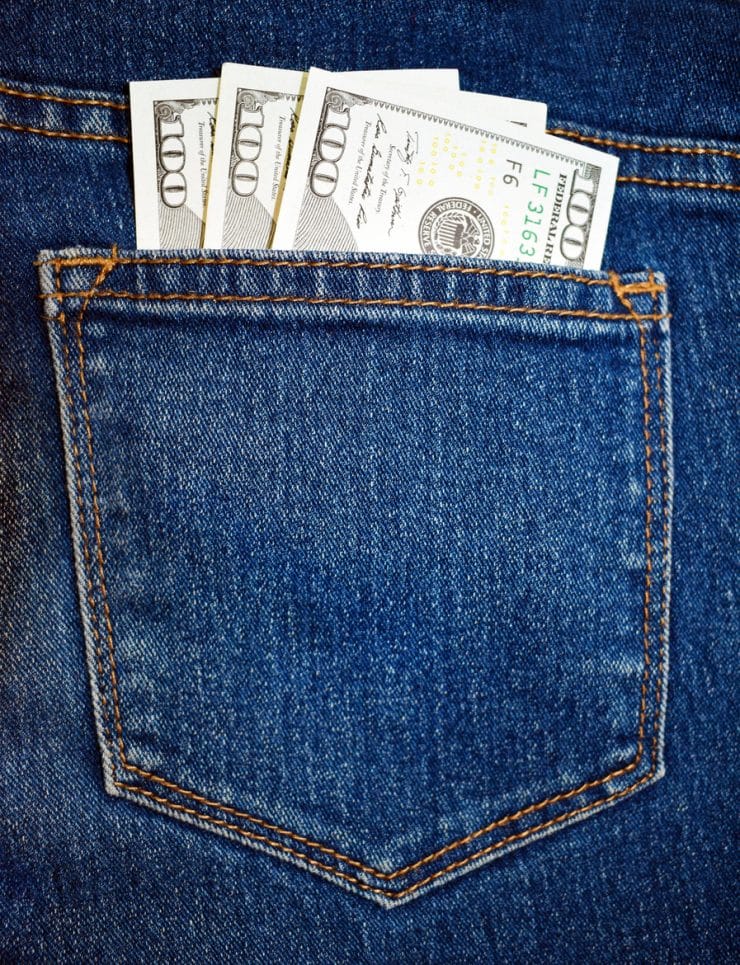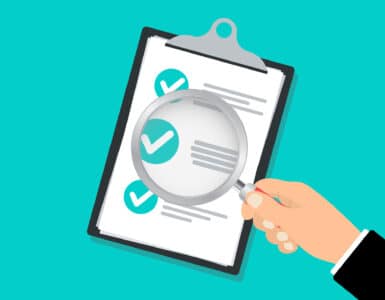What are you doing when you’re off the company clock? Exercising? We hope so. Spending time with friends? That, too. But have you thought about using some of your downtime to build your savings up?
Every single person has the potential to be earning more than that biweekly paycheck and to be doing something they feel passionately about. Enter: your side hustle. About 43 percent of full-time workers are taking advantage of a side-gig according to Stacy Francis, CEO and President of Francis Financial. Maybe you’re really into making and selling your killer baked goods, or you know your way around video editing software and have a thing for putting together the perfectly crafted YouTube video. Outside of your nine-to-five, you have more opportunity than ever to channel those hidden talents and turn them into a productive and lucrative revenue stream that can help satisfy you professionally and help to pad that savings account.
Begin by focusing on your why. When the checks, Venmos, even cash starts rolling in, it can all too quickly slip through your fingers unless you focus on why you wanted to earn more in the first place. What are those higher earning goals and how can you achieve them? We talked to a few experts that can help you get the most out of your new income.
Step 1: Create An Emergency Stash and Pay Down Pricey Debt
The first two items on your to-do list are “paying off high interest debt and building up three months of net pay for emergencies,” says Sophia Bera, CFP ® and Founder of Gen Y Planning. Francis concurs. Why are these top priority? Paying off high interest rate debt puts a guaranteed return into your pocket equal to the interest rate. So, a payment against a credit card with an APR of 19.9% is like earning 20% on your money. That’s tough to beat. The emergency stash is your insurance that when life does take you by surprise, you won’t have to lean on the plastic to bail yourself out.
Step 2: Fund Retirement
With those two short term goals taken care of, focus on starting or maxing out a Roth or traditional IRA — people under 50 are eligible to contribute $6,000 per year, those 50-plus can add another $1,000 — or increase your contributions on your 401(k) through work. If you get matching dollars on a retirement account, all the better. That’s free money you don’t want to leave behind.
Step 3: Have Some Fun
Done that? Now it’s time for fun. Bera suggests taking 10-25% of your new income and putting it toward something you want and you value, like getting a housekeeper or planning a long weekend getaway. Francis, on the other hand, says that your spending doesn’t have to be on something as extravagant as a trip. On average, side hustle workers are working 12 hours more a week, so they’re exhausted. Use the extra income to spend on things that actually make your life better, she suggests, even if that thing is the Venti at Starbucks with whipped cream and caramel drizzle on top.
Step 4: Save Some More
As for the rest of your side hustle funds? They should go right into your savings account — one with a high yield so it earns interest, Francis says. Make it easy for yourself and set up automatic transfers to your savings just like you do with your retirement funds so you don’t even have to think about all of the saving you’ll be doing.
Step 5: Pay Uncle Sam
Last but not least, “don’t forget to set money aside for taxes,” Bera says. “You may want to adjust your withholding through your employer at your full time job or pay quarterly tax estimates so that you don’t get hit with a surprise tax bill.” Francis agrees, and says that you should be withholding taxes to avoid a big surprise that could come April 15. Hiring a tax pro to help you figure out what your new tax projection might be and to help you plan for your new income is also something both Bera and Frances recommend.
With Rebecca Cohen






